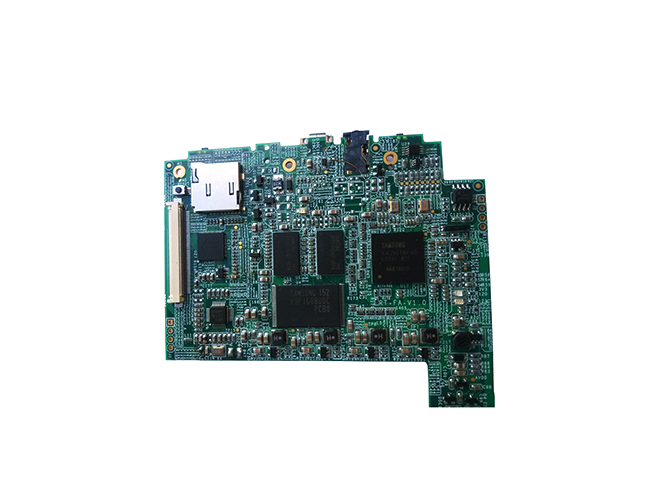Time:2025-05-13 Views:1 source:News

Designing spring probes with low contact resistance is a critical endeavor, as it directly impacts the performance and reliability of electrical connections in various electronic devices and systems. Several key points need to be considered during the design process.
Material selection is of utmost importance. The choice of materials for the probe tip and the spring itself significantly affects the contact resistance. For the probe tip, materials with high electrical conductivity, such as gold - plated beryllium copper or tungsten - copper alloys, are commonly used. Gold plating provides excellent corrosion resistance and low - resistance electrical contact surfaces. It reduces the formation of oxide layers, which can increase contact resistance over time. Tungsten - copper alloys, on the other hand, offer high hardness and wear resistance while maintaining good electrical conductivity, making them suitable for applications where the probe tip may experience frequent contact and abrasion.
The geometry of the spring probe also plays a crucial role. The shape and size of the probe tip determine the contact area with the target surface. A larger contact area generally results in lower contact resistance, as it provides more paths for electrical current to flow. However, the design must also balance the need for a large contact area with other factors, such as the precision required for accurate positioning. The curvature and angle of the probe tip can be optimized to ensure that it makes firm and consistent contact with the pad or pin on the PCB or other device. Additionally, the length and diameter of the spring inside the probe affect its mechanical properties, such as the contact force. An appropriate contact force is essential to maintain a low - resistance connection; too little force may lead to intermittent contact, while excessive force can damage the components.
Surface finish is another important design consideration. A smooth and clean surface on the probe tip and the mating surface of the target component reduces the presence of microscopic irregularities that can impede the flow of current. Advanced manufacturing techniques, such as electroplating and polishing, are used to achieve a high - quality surface finish. Moreover, the design should account for the prevention of contaminants, such as dust and moisture, from entering the contact area, as these can increase contact resistance. This may involve features like sealing rings or protective coatings on the spring probe.
Finally, the design of the spring probe assembly, including the housing and any additional components, can impact the contact resistance. The housing should be designed to provide proper support and alignment for the spring and the probe tip, ensuring that the contact force is evenly distributed. In some cases, the use of advanced materials and designs for the housing can also contribute to reducing electrical interference and improving the overall performance of the spring probe. By carefully considering these design key points, engineers can develop low - contact - resistance spring probes that meet the stringent requirements of modern electronic applications.
Read recommendations: